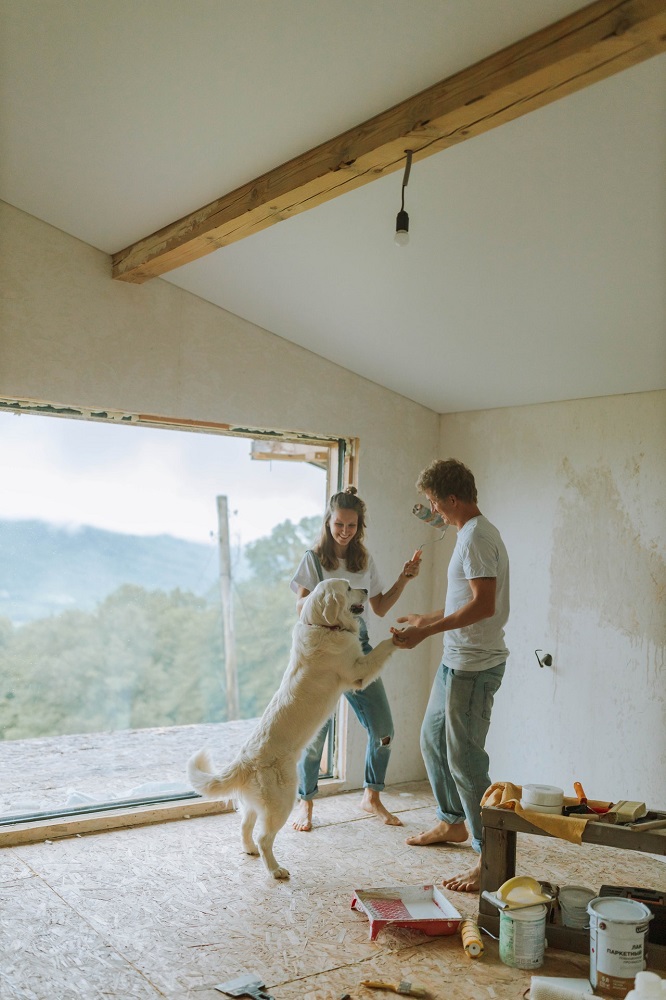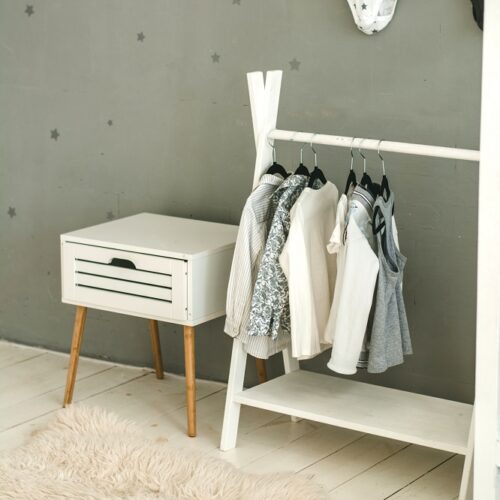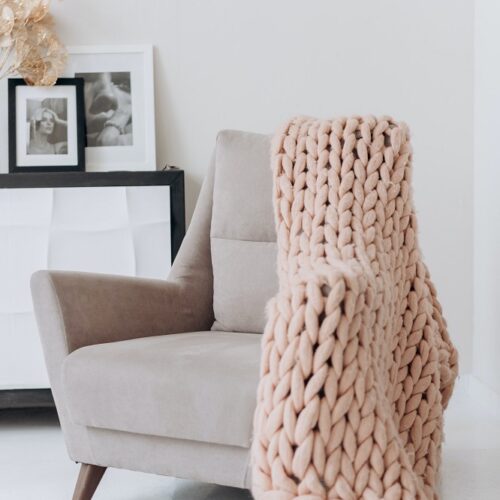Do you find yourself falling out love with a DIY project before you finish? Or do your ideas change halfway through so you become unmotivated, or wish you’d chosen something different?
There are lots of reason why some projects never really get off the ground, and initial planning is one of them. It’s exciting to imagine a new, fresh, interior to your house, but it can be a mistake to rush in too fast.
Here are a few tips on how to start planning, so you can comfortably get the job done and feel rightly proud of what you’ve achieved.

Interview Yourself
Or in other words, know what you want. You might have a vague idea about the finished effect you’re after, such as brightening the kitchen, modernising the living room decor, or making the hallway more practical, and that is a good thing.
But the real key to a successful project is researching and planning how you’ll achieve the look you want.
Go online or buy house and home magazines to firm up your ideas about colours and accessories. You could create a mood board where you’ll gather all the images and samples that go together. Create it digitally so you can carry it around with you and match up your ideas to physical items you spot while you’re out and about.
Next, do some research into actual materials, such as paint types (matt, gloss, silk, chalk etc..), the best tools for the job, and whether you’ll need to either learn new skills or hire a professional.
All these steps are useful regardless of how much DIY experience, you have, but they’re indispensable if it’s your first time wielding a paintbrush or climbing a ladder.
Investigate the Scope of the Project
Unless you have some experience, fully grasping the scope of a project is quite hard. But without some kind of scope definition, jobs and tasks can soon be added to the main project, making it take longer and cost more than you expected.
Ideally, try and determine exactly what you need, the cost and the timeframe to complete the work.
Have a budget and stick to it. If your initial research indicates the necessary materials are more expensive than you thought they’d be, consider postponing the project and saving more money. It’s better to do that than make compromises on quality or run out of money halfway through.
Organise Your Logistics

Painting the living room might be quick to say, but it can be surprisingly challenging logistically when you look at how much ‘stuff’ this room contains. To further complicate matters, most of the furnishings are probably on or against the walls.
Where will all those things go while you paint?
Working this out can save heaps of time as you get stuck in. It’s much easier, for instance, to pack up all the valuables and collectibles in a room before you start. Rent a self storage unit to keep furnishings and possessions safe, giving yourself a clear working area.
Moving as much out as possible before you start saves stress from constantly moving or working around boxes and furnishings. It also protects against accidental damage such as paint spatters.
Plan Your Resources
Resources include time and people, as well as materials and tools, so:
- Who will do the work? Do they need help?
- How long will the project take? Is time needed off work or do you need extra hours for childcare? How many (realistic) hours do you have each day to work on the project? Be totally honest. It’s tough to start DIY after a long day at work and you may not do as much as you intended.
- What is the cost? Can you save more, or find cheaper ways to complete the work?
- What materials and tools do you already have in your tool box, and what do you need to buy or hire?
- Can you rent nearby self storage to help store materials and tools until you’re ready to start? It can help with planning and preparation to have a safe store, enabling you to snap up a bargain as soon as you see it.
As you’re working through the list, be as specific as you can. But also, be aware that plans can (and probably will) change, so try and have a ‘plan B’ just in case it’s needed.
And finally, visualise your finished project and enjoy the anticipated success. Hold onto the vision to help you stay motivated as you work through from start to finish.
Featured post
© Copyright 2021 Antonia, All rights Reserved. Written For: Tidylife


Leave a Reply